
Luca Curci Architects is partnering with Tim Fu Design for a sustainable floating city for 50,000 people. Unlike the current floating cities, their architects and designers work with the help of Artificial Intelligence (AI) for their proposal.
Luca Curci Architects Floating System Proposal
The Italian architecture firm wants a sustainable city, so it is building a zero-energy city with 100% green transport systems. Based on the proposal, the city will sit in a 25-acres interconnected platform, accommodating up to 50,000 individuals.
The city will use renewable energy sources like wind, water turbines, and solar panels. It will also integrate energy storage solutions and water desalination in the community. Photovoltaic glasses will surround its neighborhood to provide electricity to the entire floating system. It will follow a zero-waste policy and combine food production and farming.
Every floating island will have its community framework for living, including markets and spiritual and cultural clubs. The Floating City will encourage its residents to live a healthy lifestyle and connect them to natural elements while giving them a new perspective on the traditional concept of community and society.
The architects and engineers also ensure that its Floating City is not just sustainable but accessible too. It will be reached by water or air because it will be equipped with external and internal docks for naval entry.
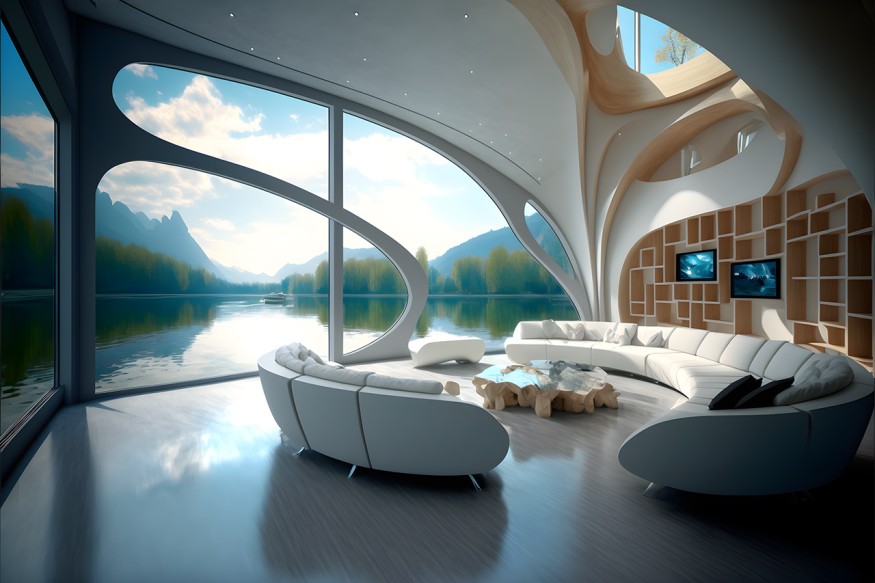



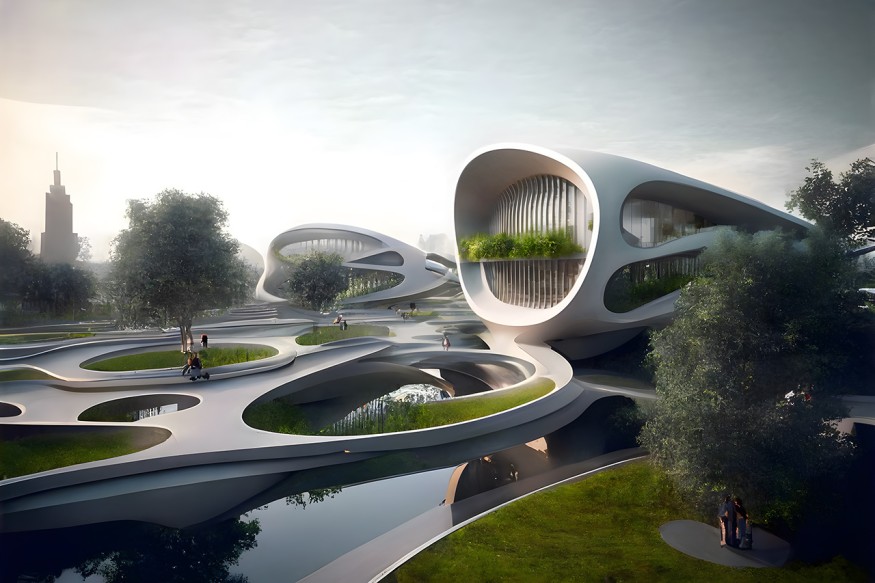
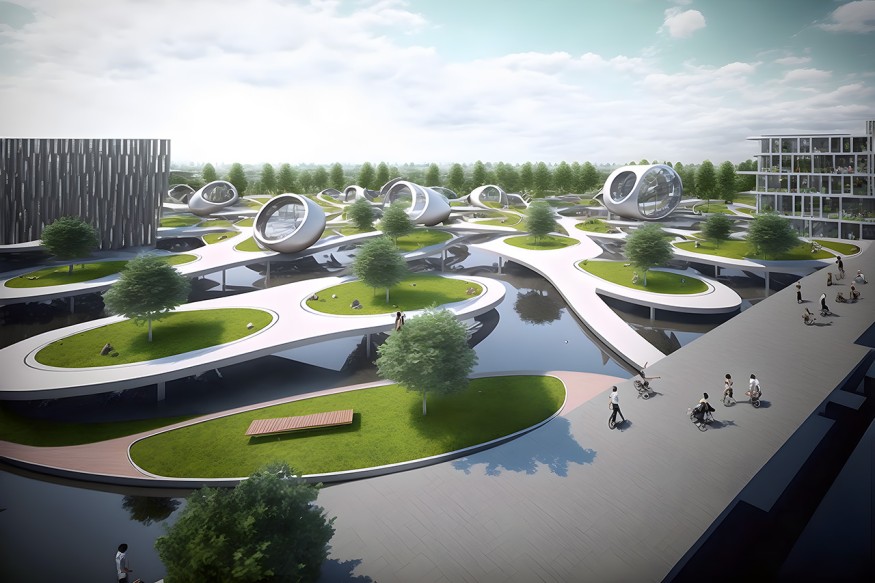

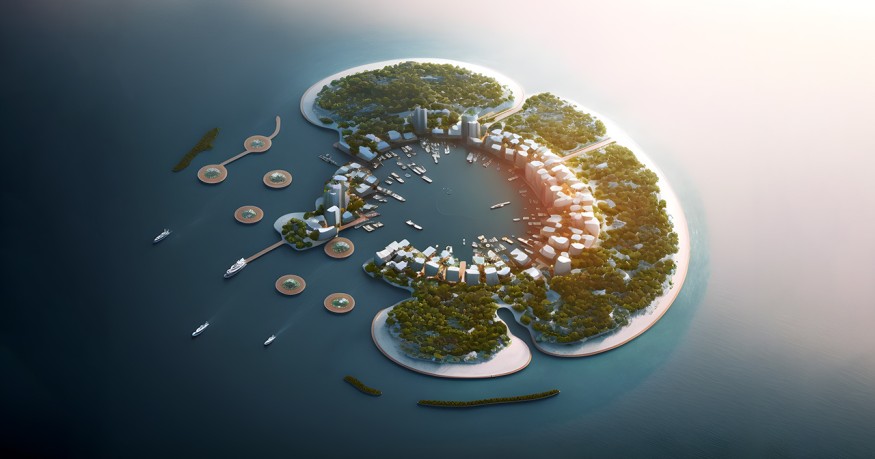
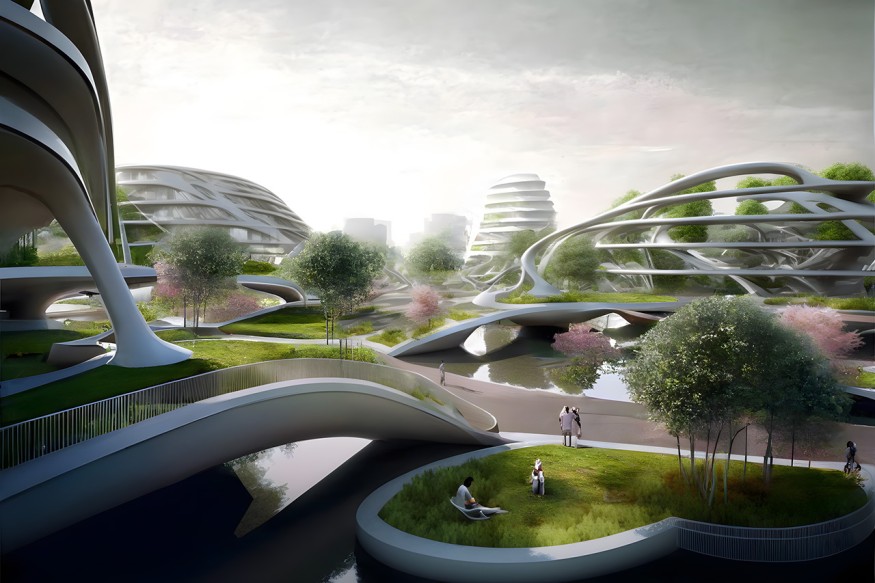
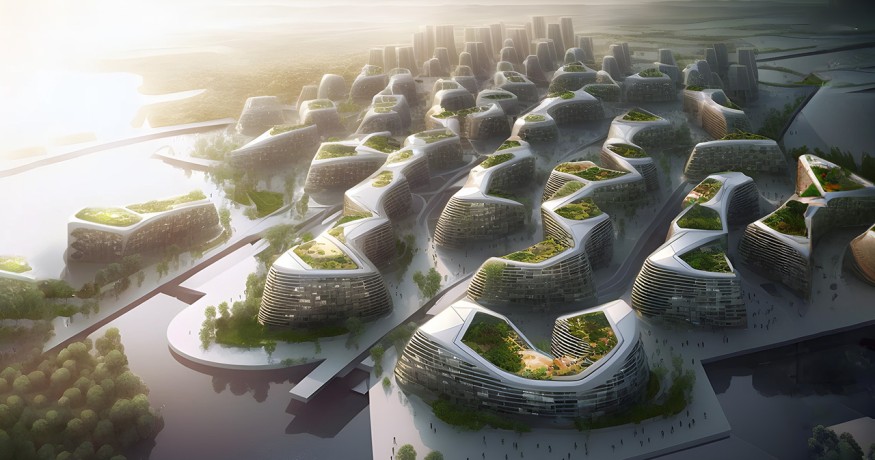

Floating City
Floating City to Solve Climate Change
Fifty percent of the human population (4 billion people) live in cities, and five billion individuals are predicted to move to cities in seven years. However, only three percent of the Earth's land is occupied by world cities, which already account for 60 - 80 percent of energy consumption and 75 percent of carbon emissions.
Climate change has affected every country and continent, disrupting economies, communities, and countries. It is evident in changing weather, rising sea levels, and extreme greenhouse gas emissions.
Luca Curci Architects' Floating City is designed with sustainability and resilience at its core. It is adaptable and scalable. It is designed to adapt to the changing coastal cities, especially those vulnerable to rising sea levels due to low elevation, like New York, Miami, New Orleans, Jakarta, Amsterdam, Hong Kong, Shanghai, and Tokyo.
While the Floating City is only designed for 50,000 individuals, Luca Curci Architects notes that it can be expanded to 200,000 people.
Floating City With Urban System
The designers plan to incorporate Smart Cities technologies into the Floating City's Urban System to connect over 50,000 people from the divided platforms. The main residential floating platform is connected to all other platforms of offices, government departments, healthcare facilities, and educational institutions from all school levels and universities.
The interconnected systems will also work as a tourist destination with several floating areas offering lifestyle amenities, including hotels, wellness and spa centers, sports centers, shopping malls, bookshops, and leisure attractions.
"Floating Cities will shape our future," Architects Luca Curci and Tim Fu said about the project. Floating City will be presented for the first at the Biennale Architectura 2023, "The Laboratory of the Future," at Palazzo Albrizzi-Capello and other prestigious venues in Venice from May 20 to Nov. 26, 2023.
About Luca Curci
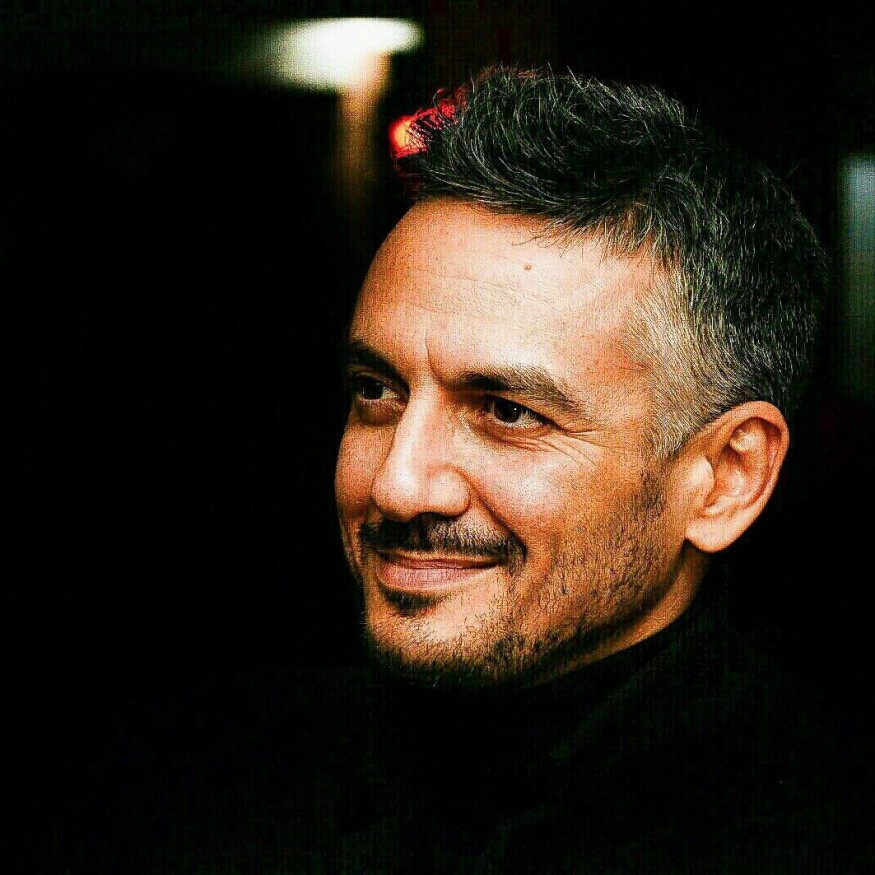
Luca Curci Architects is founded by Architect Luca Curci, an Italian artist, architect, and designer. The architecture firm is known for architecture design from urban planning to interior design; Luca Curci Architects deals with architecture design, from urban planning to interior design, bioclimatic planning and green building, consolidations and restructuring, structural calculation, architecture, and monumental restoration, urban design, leisure/sports spaces planning, design of luxury hotels, spas, tourist resort, furniture, interior, and industrial design.
They presented the "Vertical City - Zero-Energy City-Building" at the Knowledge Summit 2019 in Dubai. It also presented "THE LINK City-Forest," a smart city "conscious oriented" for 200.000 people.
Luca Curci Architects has been featured in international magazines, including THE TIMES, AD Architectural Digest, The Guardian, El Mundo, CNN, Abitare, Global Construction Review, World Architecture, Landscape Middle East, and The Huffington Post.
About Tim Fu

Tim Fu is a Canadian architectural designer based in London, UK. Fu is part of Zaha Hadid Architects and ZHACODE (computational research group), where he specializes in algorithmic design and computational research.
He graduated from the Architectural Association in London (MSc dist.) and taught in various workshops, including Harvard GSD, ACADIA, PA Academy, and other academic institutions. His recent exploration into the use of A.I. in architectural design has been published in various media, including Designboom, Parametric-Architecture, youtube, and various platforms.
© 2025 ScienceTimes.com All rights reserved. Do not reproduce without permission. The window to the world of Science Times.












